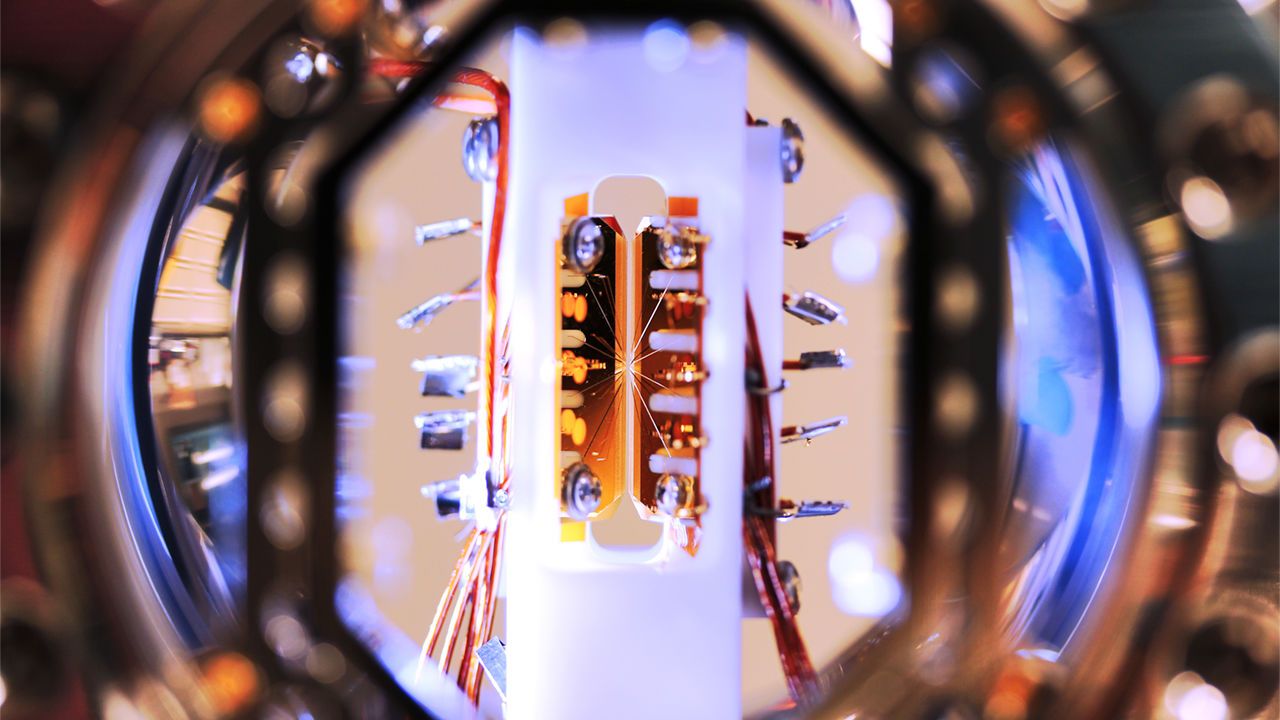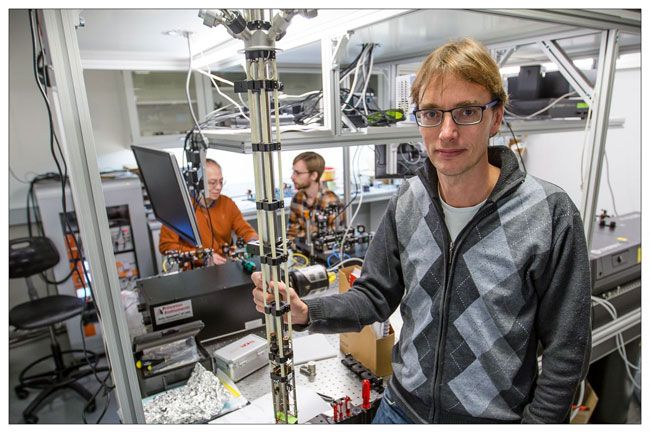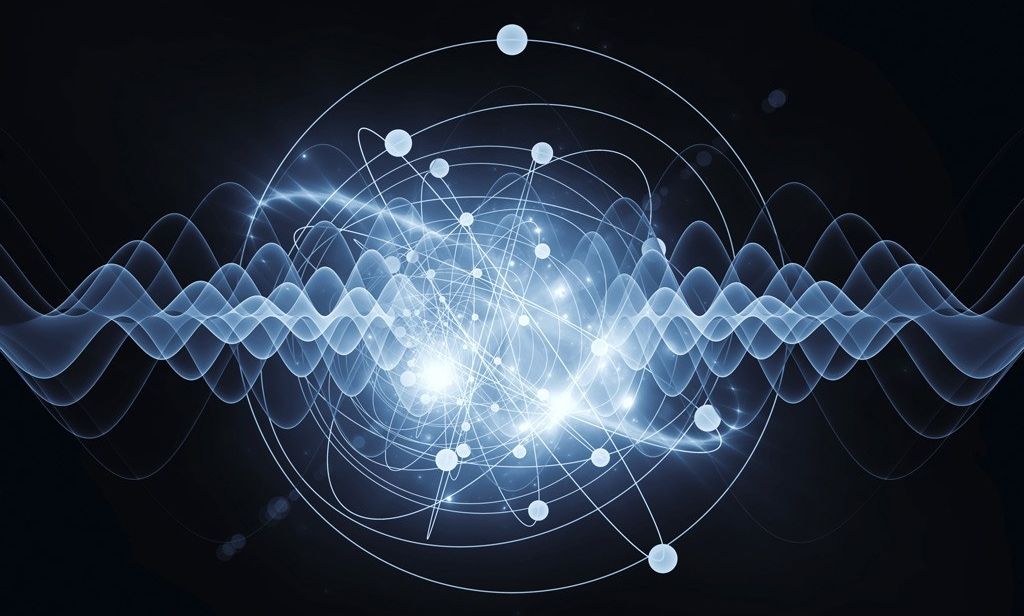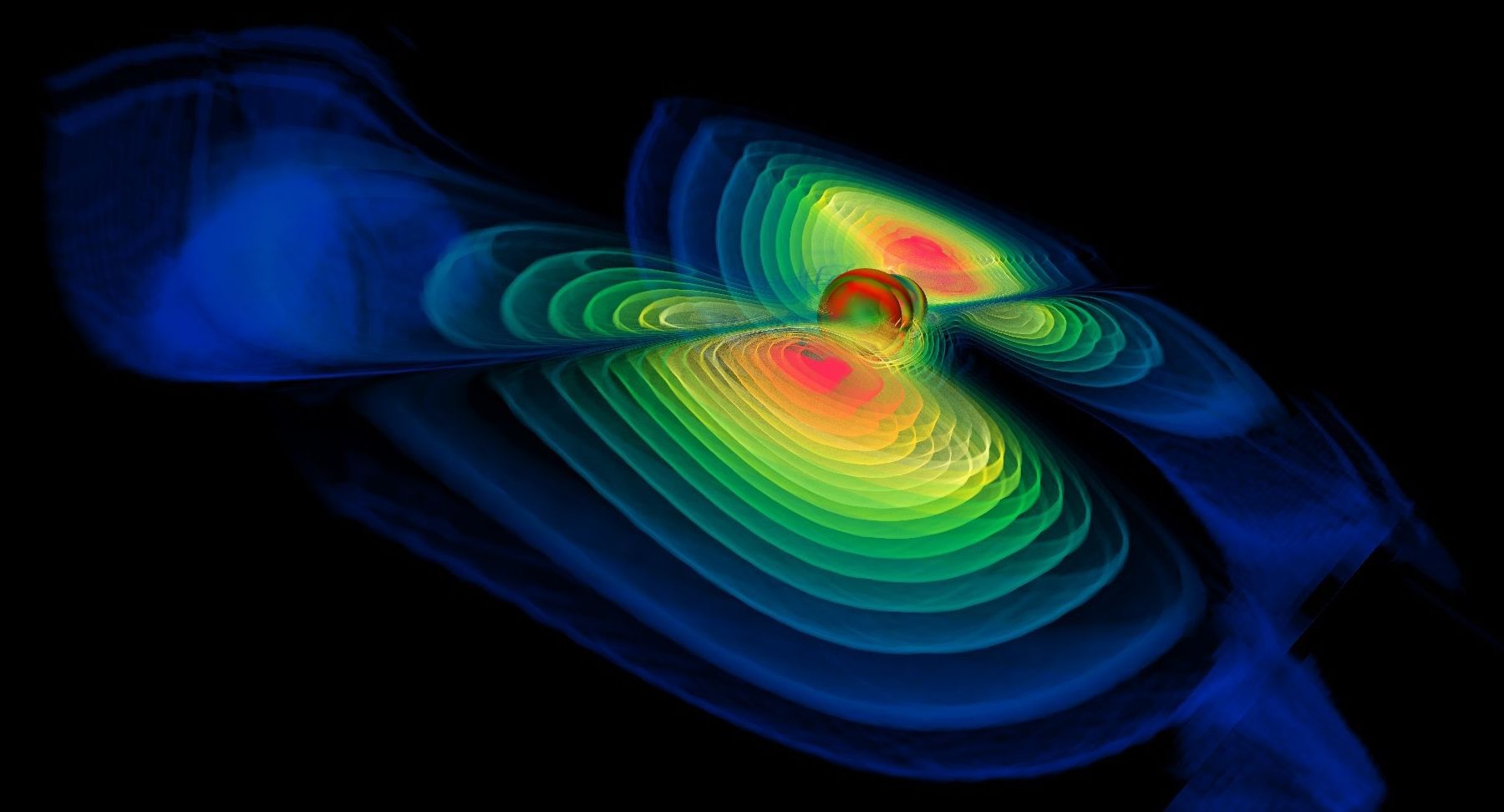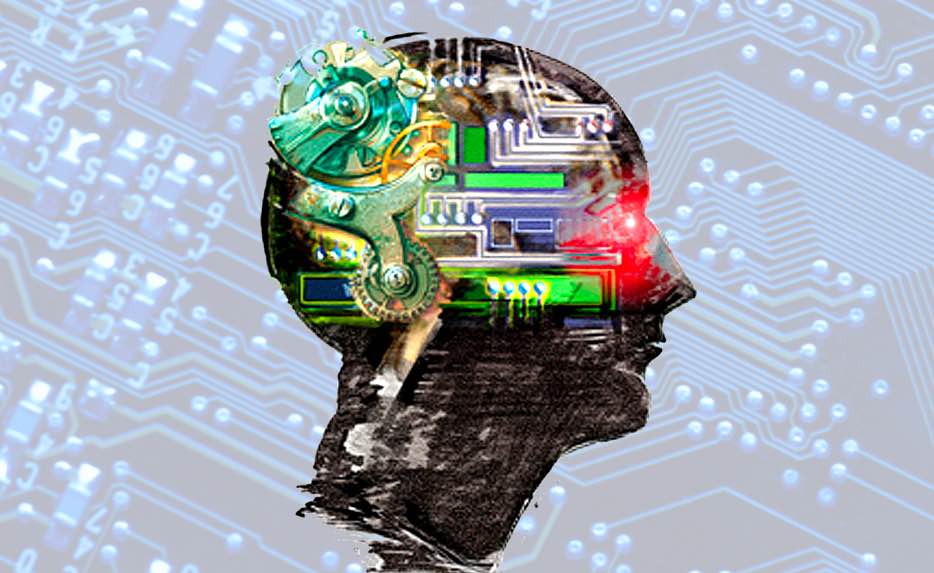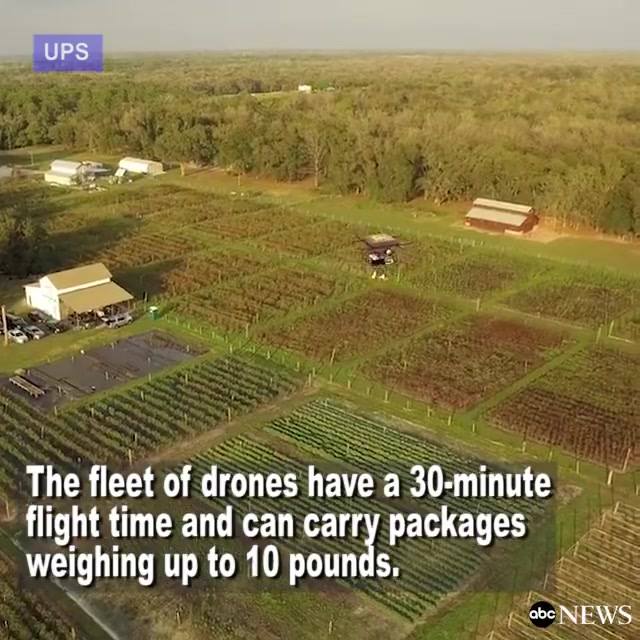Feb 21, 2017
Turning nano-antennas on the right side
Posted by Karen Hurst in category: nanotechnology
Optical nano-antennas are ideal to enhance light-matter interactions at the nanometer scale. Yet in most designs, the region of maximum field localization and enhancement, the “hotspot”, is not readily accessible since it is buried into the nanostructure.
In a recent collaboration between EPFL in Lausanne, Fresnel Institute in Marseille and ICFO groups led by ICREA Professors at ICFO Maria Garcia-Parajo and Niek van Hulst, researchers present a new nanofabrication technique that applies planarization, etch back and template stripping to expose the excitation hotspot at the surface.
The large flat surface arrays of in-plane nano-antennas feature gaps as small as 10 nm with sharp edges, excellent reproducibility and full surface accessibility of the hotspot confined region. The novel fabrication approach drastically improves the optical performance of plasmonic nano-antennas to yield giant fluorescence enhancement factors, together with nanoscale detection volumes in the 20 zepto-liter range.
